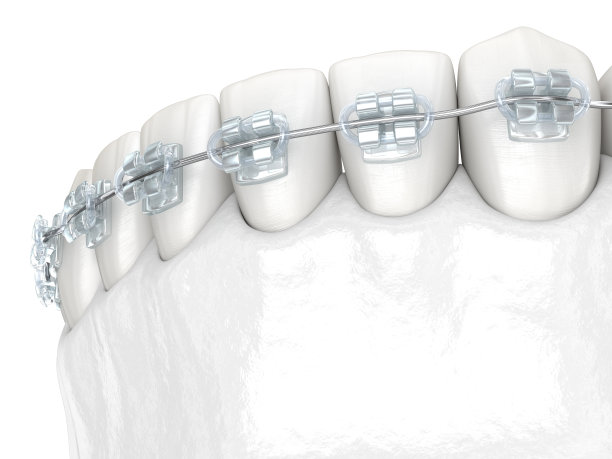The Journey of Extracting a Tooth A Comprehensive Guide to Dental Procedures and Aftercare Tips
Summary: Extracting a tooth can be an intimidating process for many individuals, but understanding the procedure and aftercare can significantly alleviate anxiety. This comprehensive guide walks you through the stages of tooth extraction, detailing the reasons behind the need for extraction, the different types of dental procedures available, the step-by-step process of the extraction itself, and essential aftercare tips to promote healing and comfort. Whether you are facing a necessary dental procedure or just want to be informed, this article aims to equip you with the knowledge necessary for a smoother journey.
1. Understanding the Need for Tooth Extraction

Tooth extraction is often a last resort when other dental treatments are unsuccessful or when dental decay is too advanced. One common reason for extraction is severe decay that compromises the integrity of the tooth, rendering it ineffective for chewing. In such cases, retaining the tooth might lead to more pain and potential issues, making extraction necessary.
Another reason for extraction is overcrowding. In orthodontics, removing one or more teeth can create room for proper alignment. This is particularly common among patients preparing for braces, where a dentist assesses the overall layout of teeth and identifies those that should be extracted for optimal results.
Additionally, wisdom teeth removal is prevalent in dental practices, primarily due to their tendency to become impacted. Impacted wisdom teeth can cause significant discomfort and lead to infections or damage to adjacent teeth if not extracted in a timely manner.
2. Different Types of Tooth Extraction Procedures
There are mainly two types of tooth extraction procedures: simple and surgical. Simple extractions are performed on visible teeth and typically do not require extensive procedures or incisions. The dentist uses specialized instruments to loosen the tooth and remove it with ease. Local anesthesia is generally sufficient for these types of extractions, ensuring patient comfort.
Surgical extractions are more complex and are usually reserved for teeth that are not easily accessible, like impacted wisdom teeth. This procedure may involve making incisions in the gums to access the tooth, which might be broken into smaller pieces for removal. General anesthesia is often employed for surgical extractions due to their complexity and duration.
Regardless of the type of extraction, it’s vital to discuss the method with your dentist beforehand. They will evaluate your specific case, recommend the best approach, and explain what you can expect during the procedure, providing clarity to ease your concerns.
3. The Tooth Extraction Process Explained
The tooth extraction process starts with a thorough examination of your dental history and a physical assessment. After establishing the need for an extraction, the dentist will outline the procedure and address any potential risks. Once prepared, the dentist administers anesthesia to numb the area, ensuring a pain-free experience.
Once the anesthesia takes effect, the dentist will begin the extraction. For a simple extraction, the dentist uses an elevator to loosen the tooth before using forceps to remove it. In contrast, a surgical extraction involves incisions and possibly the removal of bone tissue. Regardless of the method, the dentist will exercise care to minimize post-operative complications.
After the tooth is extracted, the dentist may place gauze over the extraction site to control bleeding and promote clot formation. It is essential to follow the post-operative care instructions provided to support healing and prevent infection. Know that discomfort can occur, but it is manageable with appropriate aftercare.
4. Essential Aftercare for a Smooth Recovery
After undergoing a tooth extraction, proper aftercare is crucial to ensure a healthy recovery. Initially, it’s imperative to follow your dentists instructions regarding bleeding, swelling, and hygiene. For the first 24 hours, avoid strenuous activities and limit physical exertion to reduce bleeding risks.
Managing pain is another essential aspect of aftercare. Over-the-counter pain relievers may be recommended, and applying ice packs to the outer area can help minimize swelling. Pay close attention to your body and reach out to your dentist if you experience excessive discomfort or unforeseen complications.
Maintaining oral hygiene is vital while allowing the extraction site to heal. Avoid rinsing vigorously or using straws in the first few days, as these actions can dislodge the protective clot. Following a soft food diet is advisable during the initial recovery phase, promoting nourishment without aggravating the extraction site.
Summary:
The journey of tooth extraction involves understanding the reasons behind it, familiarizing yourself with various procedures, and engaging in essential aftercare. Proper knowledge and preparation can significantly ease the process, reducing fears and discomfort.
The transition through extraction, while often daunting, can be navigated successfully with appropriate information. Remember to consult your dental professional for personalized advice tailored to your specific needs.
This article is compiled by Vickong Dental and the content is for reference only.


